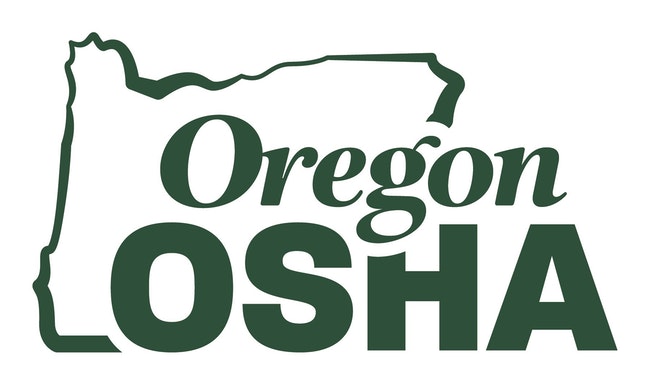 Oregon OSHA
Oregon OSHA
A state workplace safety agency has issued new regulations intended to stop the spread of COVID-19 among farmworkers.
New temporary regulations by the Oregon Occupational Safety and Health Administration will require farms to maintain social distancing during work, break and meal periods, as well as in employer-provided transportation and housing.
The regulations go into effect May 11 and last until Oct. 28 of this year. They require employers to appoint “social distancing officers” to keep workers at least six feet apart. The same distancing requirement would also apply to unrelated people in employer housing.
The regulations require at least three feet of social distancing in employer-provided vehicles and for drivers and passengers to wear face coverings. Employers will also have to provide one toilet for every 10 workers, down from the current ratio of one for every 20 workers.
Vehicles, toilets, handwashing facilities and other high-contact areas must be regularly sanitized and occupants of employer-provided housing must be provided with cleaning materials, under the regulations.
“This temporary rule reflects the need to rapidly address COVID-19 in operations where the nature of the work – and the spaces in which that work occurs – raise particularly daunting challenges,” said Michael Wood, administrator for Oregon OSHA, in a prepared statement. “At the same time, it accounts for the feasibility issues employers may encounter as they step up to fulfill these new responsibilities.”
According to the U.S. Bureau of Labor Statistics, there are 2,140 farmworkers in the Salem area.
The regulations were requested by the Portland-based Oregon Law Center and Dr. Eva Galvez of Virginia Garcia Memorial Health Center, which has locations in Beaverton and Hillsboro.
The Oregon Law Center said in a statement that the new regulations are a step in the right direction to protect Oregon’s 100,000 seasonal and regular agricultural workers.
“We owe it to these workers to ensure that our laws and policies provide them protections so that they can stay healthy while helping to keep a critical industry running,” reads the statement. “Their health and safety is directly related to whether the agriculture industry will remain standing strong.”
However, the group said that the regulations “will not provide the kind of precautions necessary to prevent the spread of COVID-19. This industry is unique because for many workers it is both their employment and housing.”
Before enacting the regulations, Oregon OSHA reviewed more than 120 comments. Many of the comments came from agricultural companies concerned about the cost and feasibility of the regulations.
The Oregon Farm Bureau responded with a statement that farmers and ranchers only have 11 days to comply with the regulations and that they care about the health and wellbeing of their employees. The bureau pointed out that agricultural producers are already facing supply chain issues and economic pressures.
“Many farms will not survive the cumulative weight of these unattainable rules, which are more burdensome than any set for other sectors of Oregon’s economy,” the Oregon Farm Bureau said.









